
views
Without Clicking the Link
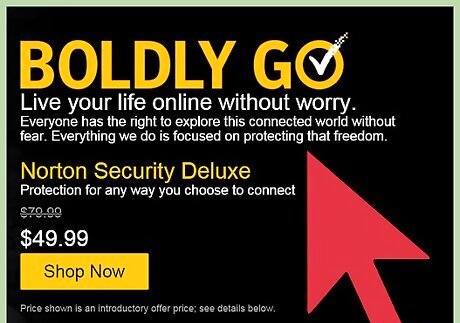
Use online security software to help, Download and use an online security service such as Norton or McAfee if possible. They will detect any potential threats to your computer and alert you of any unsafe websites. Services like these often cost money, but it is worth the investment since you won't need to constantly check if you are using safe sites or not. Even if you can't use any security services, it is usually free to check URLs on their websites using the link scanner tool like Norton's Safe Web. You can also scan links with services like Securi.
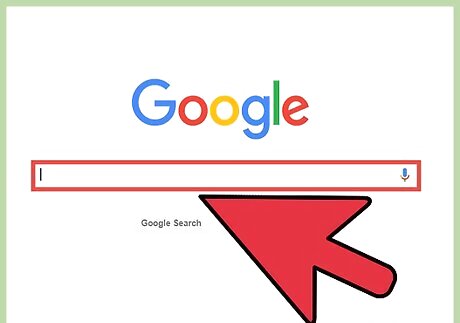
Look where the page appears in Google. If you are using a search engine, such as Google, to get to the website, note how far it is from the top of the results page. Generally speaking, more trustworthy websites will appear at the top of your results page. The farther down you go, the more you risk clicking on an unsafe site. Keep in mind that people can pay to get their website closer to the top of the results list. Most hackers and scammers will not do this, but don't automatically trust the first result anyway.
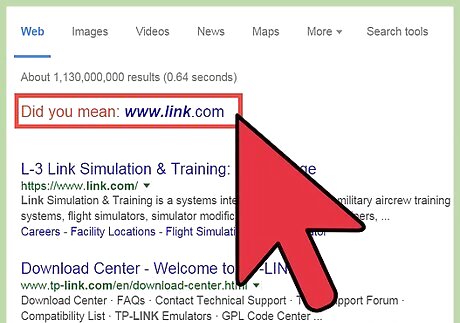
Hover over the link to display the full URL. Hackers and scammers often change the text of links so that you think you're clicking on one website, when you're actually being led to an unsafe site. If you hover your mouse over the link before you click it, it will display the full URL in the bottom corner of your browser. (You can test this out by hovering over the links in the list of sources for this article.) Even if you use an online security service, this is a good precautionary step for new, unfamiliar websites.

Trust your gut feeling. It may sound stupid, but if you don't think a link is safe, you shouldn't click it. After all, nobody is forcing you. If the URL looks suspicious or it looks like a scam, it may be an unsafe site.
When You're on the Site
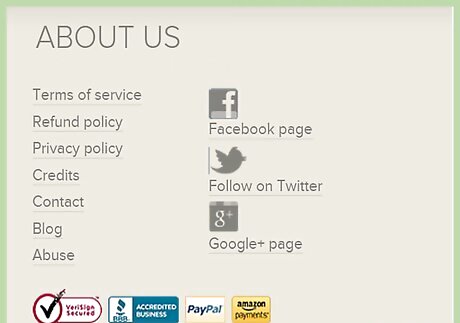
Check for the author's/creator's information. Is there a place you can find the creator's contact information (name, email address, phone number, etc)? Most widely used, safe sites such as Facebook or WikiHow do. If you are on a scamming or phishing website, they most likely won't leave you a way to reach them in fear of getting caught. All sites are different, and some scamming or phishing sites may have fake contact information as a way to trick you into trusting them. If you can safely do so, double check that the information is legit.
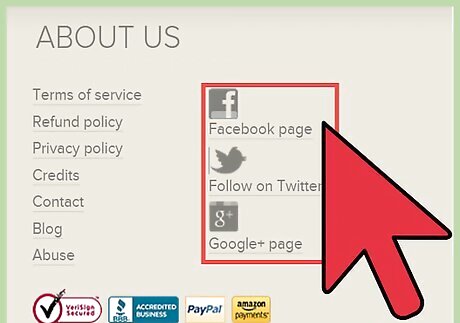
Do a quick scan of the website. Are there any grammar or punctuation issues? Misspelled words? Sometimes when scammers or hackers are in a rush, they will forget to check these things. Commercial websites such retail stores or banks wouldn't have simple errors like this. Is there a company logo anywhere? How about pictures? If the site doesn't look professional, it probably isn't. Even if the site is safe, you probably don't want to trust any info you find there. If they didn't take the time to make the site, they probably didn't take time to research either. Does it request your personal information? Are there suspicious attachments or deals that are too good to be true? Hackers and scammers often want to trick you into handing over personal information, so think before you enter any "contests" that require a credit card number.
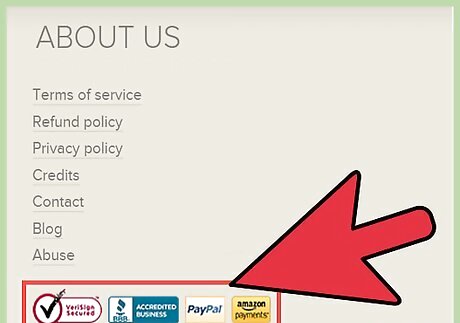
If you are still unsure, do a more thorough check. Are there real links mixed with fake links? Sometimes this can signal a fraud, as people mimicking another website will often have real links to a privacy policy or a terms of service page amongst links to fraud websites. They do this to make it appear more "real".












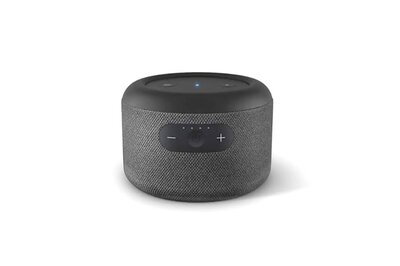





Comments
0 comment